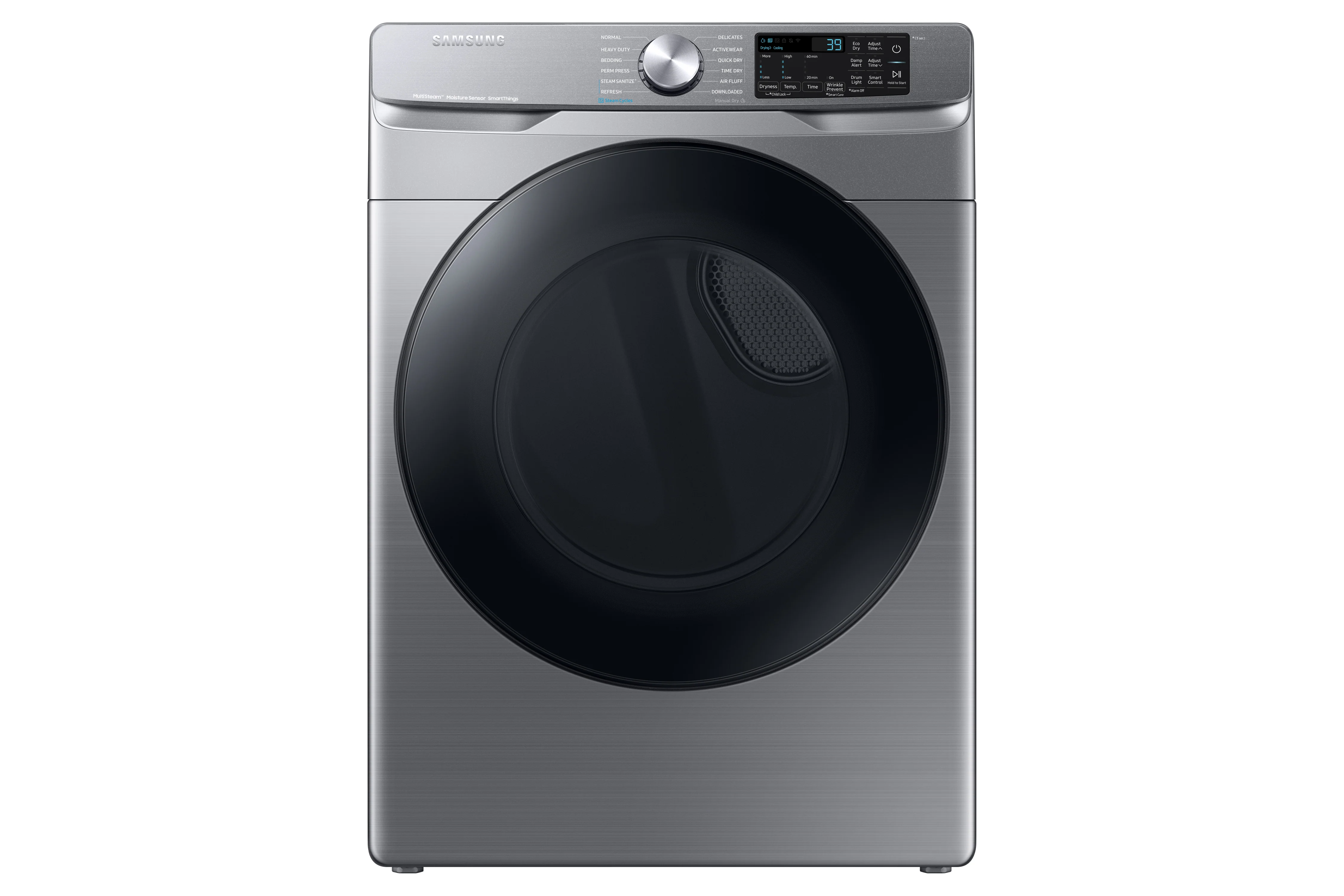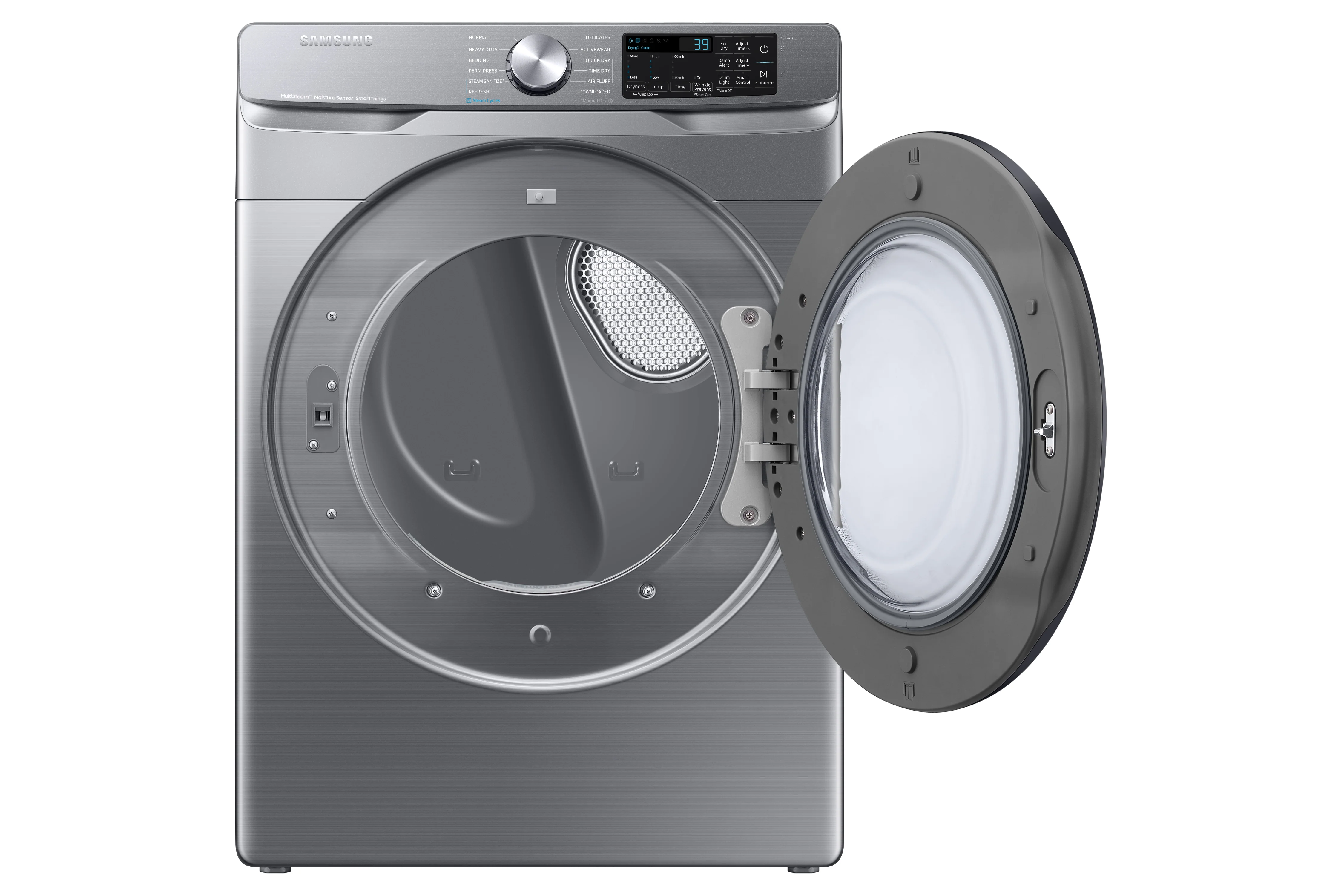Are you excited about upgrading your home with brand-new appliances? You must create space for the new fridge, dishwasher, or microwave before it comes home. In this guide, we’ll help you safely uninstall old appliances to prepare your home for new additions.
Read the User Manual for a Smooth Uninstallation
Each household appliance comes with a user manual. This guides you during installation and should also help with uninstallation. Manufacturers provide specific instructions, safety precautions, and model-specific details that will save you much time. Have the manual for all the appliances you plan to uninstall ready and follow the guidelines provided.
Things to look for in the user manual include:
-
Safety precautions – Manufacturers often highlight potential hazards and risks you may encounter during uninstallation. Make sure you understand these safety guidelines to protect yourself and prevent accidents during the process.
-
Step-by-step instructions – User manuals typically contain diagrams and illustrations to simplify installation and uninstallation. These are often accompanied by step-by-step instructions to help disassemble the appliance correctly without causing damage.
-
Special considerations – While uninstalling most appliances might be straightforward, some may have specific requirements for disassembling or reassembling delicate components or tricky parts.
Gather the Necessary Safety Equipment
Once you’re clear on what to do, it’s time to gather some protective gear you’ll need during uninstallation. These are especially useful when dealing with big appliances like a fridge or a range cooker. Safety equipment includes:
-
Gloves – Use a sturdy pair of work gloves to protect your hands from sharp edges, hot surfaces, and potential electrical hazards.
-
Safety goggles – Shield your eyes from debris, dust, and possible splashes by wearing safety goggles. Wear them even for seemingly routine uninstallation tasks because they can also create flying particles.
-
Closed-toe shoes – Wear closed-toe, non-slip shoes to prevent foot injuries and provide stability while handling heavy appliances. Avoid sandals or flip-flops, as they don’t offer adequate protection.
-
Protective clothing – Consider wearing long-sleeved shirts and pants to shield your skin from scratches and cuts when uninstalling big appliances.
Collect Essential Tools for a Hassle-Free Process
Different appliances require specific tools for safe and efficient uninstallation. Confirm you have the following tools readily available:
-
Screwdrivers (both flathead and Phillips) – These will help you remove screws and fasteners. Have a set of various sizes to handle different types of screws.
-
Adjustable wrench – Allows you to tighten or loosen nuts and bolts of various sizes. Useful when dealing with plumbing connections and some electrical components.
-
Pliers – Helps with gripping and holding small parts and bending metal. Long-nose pliers are particularly useful for reaching into tight spaces.
-
Pipe wrench – Useful for appliances connected to water lines such as washing machines and dishwashers. Provides a firm grip on pipes and fittings without damaging them during removal.
Prioritize Electrical and Plumbing Safety
This sounds obvious, but it’s worth repeating: turn off the power and water supply to the appliances you’ll be uninstalling before you start the process. Failure to do so can create many problems, including electric shocks or flooding.
For electrical appliances, start with locating the circuit breaker that controls the power supply to the appliance. Switch off the circuit breaker, and confirm there’s no power running to the unit. Try turning it on to be sure.
For appliances like washing machines, dishwashers, and refrigerators with ice makers or water dispensers, start with locating the water shut-off valves. Turn the water shut-off valves clockwise until they’re fully closed to stop the water flow to the appliance. Confirm the water supply is completely shut off before attempting to uninstall.
Step-by-Step Uninstallation – a Guide
Refrigerator
-
Remove all items from the fridge and freezer.
-
Turn off the power supply, and unplug the refrigerator from the electrical outlet.
-
Allow time for defrosting, if needed.
-
Disconnect the water line, if applicable.
-
Remove shelves, drawers, and other removable parts.
-
Carefully move the refrigerator away from the wall.
Washing machine
-
Turn off the power supply, and unplug the washing machine.
-
Shut off the water supply, and disconnect the drain hoses.
-
Empty the fill reservoir to prevent spills during transportation.
-
Secure the drum with the transportation bolts or brackets that came with the washer.
-
Pack the machine for transport.
Dishwasher
-
As always, shut off the electric power supply.
-
Shut off the water supply, and disconnect the drain hose.
-
Loosen the dishwasher from the countertop or cabinet.
-
Carefully pull the dishwasher out of its space.
Oven/ stove
-
For gas stoves, turn off the gas supply. For electric stoves, disconnect the power supply.
-
Remove burner grates and burners for safer handling and transport.
-
If the oven has a removable door, consider removing it to make moving easier.
Dryer
-
Turn off the power supply, and unplug the dryer from the electrical outlet.
-
If your dryer is a gas model, turn off the gas supply by closing the gas shut-off valve.
-
Disconnect the vent hose from the back of the dryer.
-
If the dryer is stacked on top of the washer, carefully separate the two units.
Microwave
-
Shut off the power source, and remove the microwave from the outlet.
-
Remove the microwave from the mounting bracket if mounted on the range.
-
For countertop microwaves, simply lift and remove the microwave from its current location.
PS: Remember to handle each appliance carefully, and seek assistance if needed, especially for heavy or bulky items like refrigerators, washing machines, and dishwashers. Ensure each appliance is properly packed and secured to prevent damage during transportation. Keep all the screws, bolts, and small components together, and properly label them if the appliance will be reinstalled elsewhere.
Dealing With Common Challenges
Stuck bolts and corroded connections are common problems you may face when uninstalling appliances, especially very old ones. Here are some tips to help you troubleshoot if you face such issues:
-
Use a lubricant like WD-40 to loosen stuck bolts.
-
For corroded connections, try using a mixture of vinegar and water to dissolve the corrosion.
-
Contact a licensed professional if you feel unsure or uncomfortable handling complex electrical or gas connections.
FAQs About Uninstalling Appliances
Can I uninstall appliances without professional help?
Yes, many appliances can be safely uninstalled if you follow the guidelines and instructions provided in the user manual. However, it’s best to seek professional assistance if you’re unsure or are uncomfortable about the connections.
Can I uninstall my refrigerator without defrosting it?
It’s recommended to defrost your refrigerator before uninstalling to prevent water leakage.
Can I use the same hoses for my new washing machine?
It’s best to use new hoses with your new washing machine to ensure proper fit and prevent potential leaks.
Can I recycle my old appliances?
Yes, most household appliances can be recycled. Contact your local recycling center or scrap yard to inquire about their recycling programs and dispose of them responsibly.
Do I need any special tools to uninstall appliances?
Some appliances may require specific tools like screwdrivers, wrenches, pliers, and pipe wrenches for plumbing connections.















